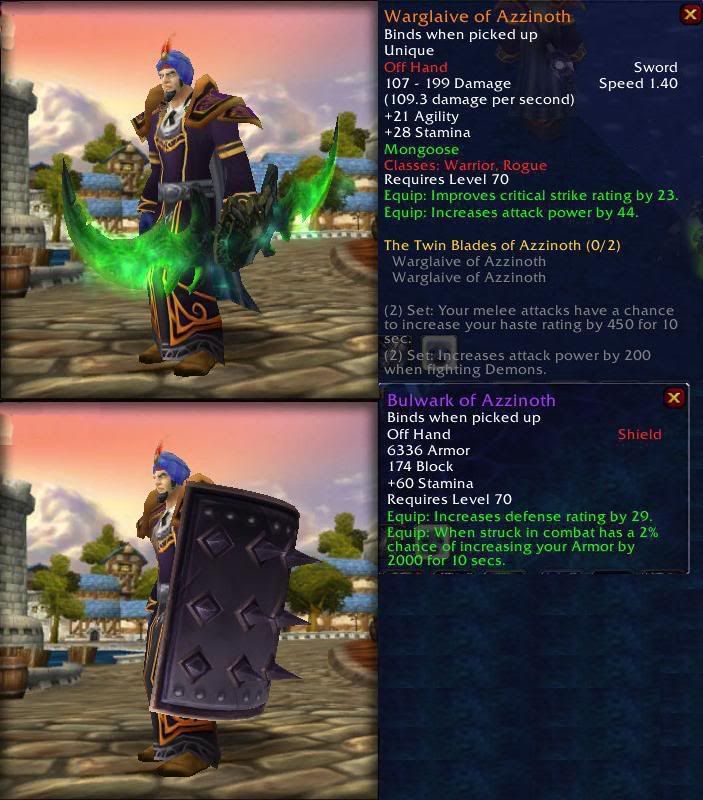I need Help, But i am afraid
According to the DSM-IV-TR criteria for diagnosing a major depressive disorder (cautionary statement) one of the following two elements must be present for a period of at least two weeks:
1. Depressed mood, or
2. Anhedonia
Yes to Depressed mood. Unsure what Anhedonia means.
Part B
It is sufficient to have either of these symptoms in conjunction with five of a list of other symptoms over a two-week period.
These include:
1. Feelings of overwhelming sadness and/or fear, or the seeming inability to feel emotion (emptiness). Yes
2. A decrease in the amount of interest or pleasure in all, or almost all, daily activities. Yes
3. Changing appetite and marked weight gain or loss. No
4. Disturbed sleep patterns, such as insomnia, loss of sleep, or excessive sleep (hypersomnia). Yes
5. Psychomotor agitation or retardation nearly every day. Yes
6. Fatigue, mental or physical, also loss of energy. No
7. Intense feelings of guilt, nervousness, helplessness, hopelessness, worthlessness, isolation/loneliness and/or anxiety. Yes
8. Trouble concentrating, keeping focus or making decisions or a generalized slowing and obtunding of cognition, including memory. Yes.
9. Recurrent thoughts of death (not just fear of dying), desire to just "lie down and die" or "stop breathing", recurrent suicidal ideation without a specific plan, or a suicide attempt or a specific plan for completing suicide. Yes
10. Feeling and/or fear of being abandoned by those close to one. Yes
Part C
The Patient Health Questionnaire is a faster, two question questionnaire.
"During the past month, have you often been bothered by:"
1. "little interest or pleasure in doing things?" Yes
2. "feeling down, depressed, or hopeless?" Yes
If either question is positive, then the SALSA questionnaire should be used for more certainty.
A positive test is one of the above answers positive and two of the answers below positive:
1. "Sleep disturbance nearly every day for the last 2 weeks?" Yes
2. "Have you experienced little interest or pleasure in doing things nearly every day for the last 2 weeks (Anhedonia)?" Yes
3. "Have you experienced Low Self esteem nearly every day for the last 2 weeks?" Yes
4. "Have you experienced decreased Appetite nearly every day for the last 2 weeks?" No
--Checklist diagnosed for depression-- Positive.
Personal
I have some symptoms which i felt not listed or taken under account of previously.
1. Self-loathing.
2. A decrease in self-esteem.
3. Sensitivity to noise.4. Fear of 'going mad'.
5. Change in perception of time.
6. Possible behavioral changes, such as aggression and/or irritability.
7. A feeling that something bad is going to happen soon.
8. Avoiding social situations or being late often.
9. Feeling that you will never get better (hopelessness)
I believe as a child i had
a. Loss of appetite. (Until late primary school, primary 5)
b. Irritability. I am still suffering from it.
c. Sleep problems, such as recurrent nightmares. I am still suffering from it.
d. Learning or memory problems where none existed before.
I had poor memory and poor grades for post primary, primary and tertiary education.
Secondary education had a slight improvement due to my urge to rid myself of the bad company and sufferings at normal academic level to reach express level.
e. Significant behavioral changes; such as withdrawal, social isolation, and aggression.
I am a social withdraw person with few friends and rarely talk even with my family members.
Since tertiary education failed friendships at year one, i had been in social isolation for my time spend in year two and my current final year. I stay at home for extended periods of time and avoided going out for social acivites.
I may have depressive disorder which i am afraid to admit and seek treatment.
I want to show to my family that i can do as well as my cousins and childhood friend in life.
I want others to respect me and not treat me as a retarded patient.
I want to stop medication or visits to the IOH Insititute of health which i been to while i am in primary school years.
I am afraid to seek treatment

